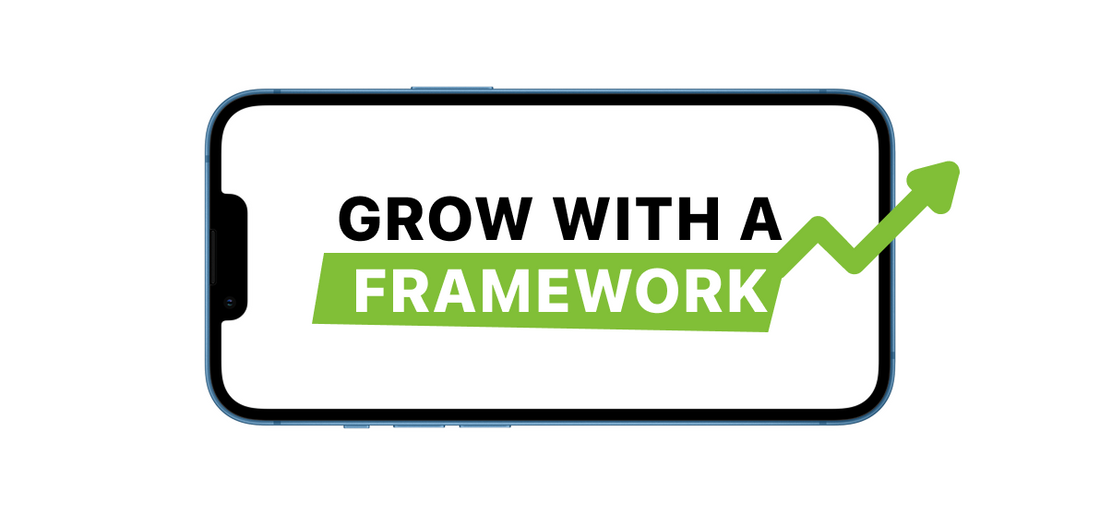Find Your Next Move: How to Map Your Shopify Growth Journey

You’ve launched your store. You’ve figured out traffic. You’re getting sales. Operations are under control.
Now comes the hardest part of the entire e-commerce journey: what to do next.
Should you double down on ads?
Start blogging for SEO?
Add new products?
Hire help?
This is where most merchants stall out. Not because they lack effort, but because they lack clarity.
The truth is: there is always more you could do. But growth comes from focusing on the right next move, not all possible moves.
This guide will show you how to find it.
Why Growth Stalls
Most Shopify stores plateau after the first waves of sales. Not because the product is bad, but because the founder is:
- Scattered: trying 12 tactics at once.
- Blind: not measuring the real bottleneck.
- Reactive: copying competitors instead of mapping their own path.
Growth isn’t about doing everything. It’s about sequencing your moves.
The Growth Journey Framework
Every store goes through five stages:

- Start: getting the store live
- Traffic: bringing people in
- Conversion: turning visitors into buyers
- Smooth Ops: running lean and fast
- Growth Path: deciding the right next move
If you skip steps, you will waste time. If you follow the path, you will grow.
Step 1. Diagnose Your Bottleneck
Ask yourself: where is the leak?
- If you have too little traffic, don’t touch conversion tactics just yet.
- If you have traffic but too few sales, focus on conversion.
- If you have sales but chaos behind the scenes, fix operations.
- If you have stability, then you are ready for scaling.
Tool coming soon: Komvoi Growth Bottleneck Quiz
Step 2. Choose the Right Growth Lever
Once you know your bottleneck, you can choose your lever:
- Traffic Bottleneck: invest in SEO, partnerships, or paid ads
- Conversion Bottleneck: optimize product pages, add reviews, clarify offers
- Operational Bottleneck: clean up apps, automate, improve workflows
- Stable foundation: choose your scaling strategy (see below)
Step 3. Scaling Paths (Pick One at a Time)
There are three main ways to scale a Shopify store. Don’t try them all at once.
- More Traffic: what would happen if you doubled or 5x your current traffic levels?
- More Products (variants): what if you could upsell buying customers, downsell those about to leave, or differentiate enough to set price based on value and not competition?
- More Lifetime Value: what if one-time buyers came back twice, became subscribers, or turned into a reliable monthly revenue stream?

More Traffic
- SEO for advanced merchants (coming soon)
- Paid ads at scale (coming soon)
- Traffic partnership guide (coming soon)
More Products
- How to use bundles to differentiate from competitors and sell more (coming soon)
- How to use decoy and anchor offers to guide your customers (coming soon)
- How to downsell customers about to leave without devaluing your product (coming soon)
More Lifetime Value
- Make your products subscription-ready and build recurring sales (coming soon)
- Build your email list and use it as your sales superpower (coming soon)
- How to attract loyal customers and win them back (coming soon)
Step 4. Keep It Lean While You Grow
Growth doesn’t mean bloating your store. It means compounding on what is already working.
- Audit your tools monthly
- Measure only the metrics that matter (traffic, conversion rate, AOV, LTV)
- Add complexity only when it pays for itself
Monthly Shopify Health Audit Template (coming soon)
Quick Wins to Find Your Next Move
- Run your last 30 days through Shopify Analytics. Identify the metric with the biggest upside (traffic, conversion, or retention). What one thing would move the needle most?
- Pick one lever for the next 90 days. Ignore everything else.
- Document your process. Turn wins into systems.
- Plan your next experiment (ads, content, new product) with a clear success metric.
Coming soon: the Shopify Growth Map framework to help you:
- Diagnose your bottleneck
- Choose your growth lever
- Plan your next 90-day experiment
Final Word
The hardest part of growth isn’t effort. It’s clarity.
There will always be another app, tactic, or hack screaming for your attention. But the stores that scale are the ones that follow a clear sequence: fixing the constraint, then pulling the right lever.
Don’t try everything.
Find the one thing that matters most.
Do it extremely well.
And keep moving forward.
If you are at this stage, you are the one percent.
Let’s keep moving to the 0.1%.
